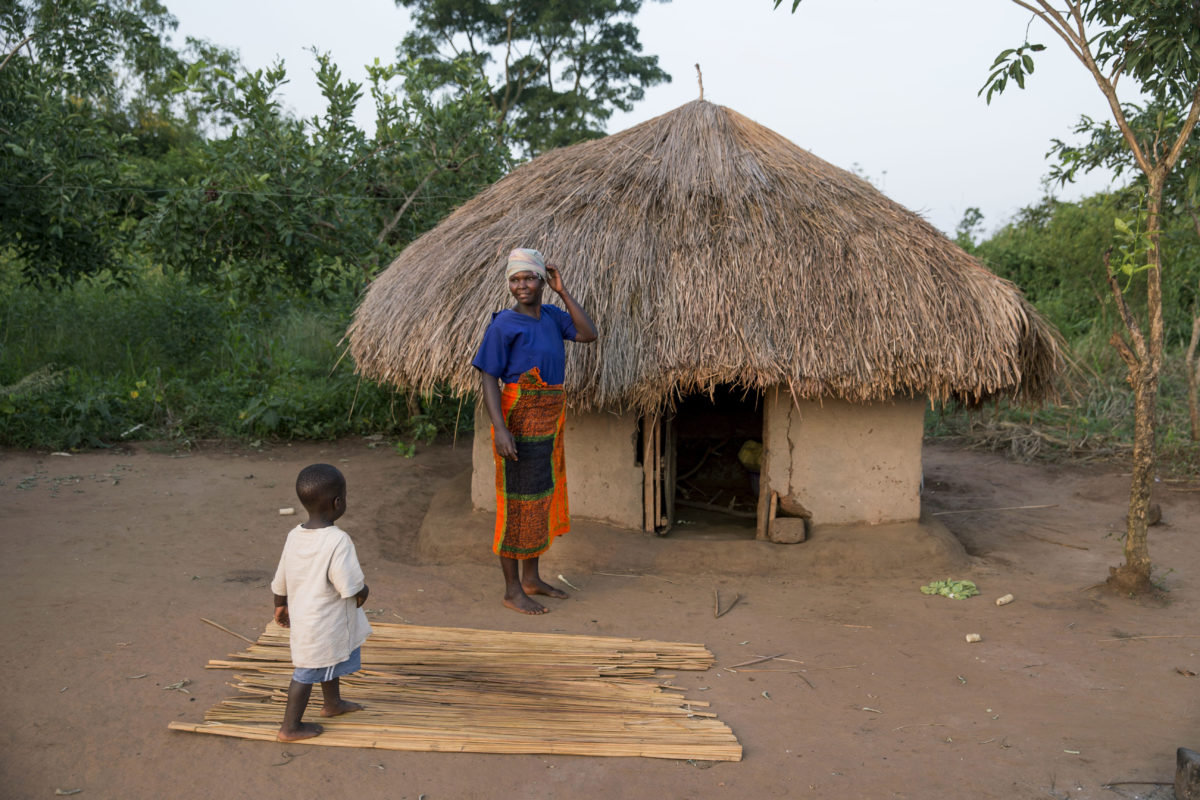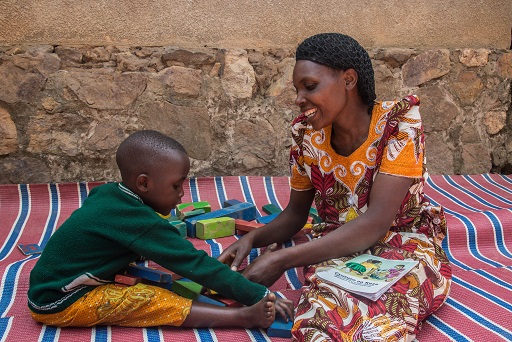Recommended

Blog Post
This blog is part of a series, following technical workshops CGD hosted back in June 2022 with the World Bank’s Early Learning Partnership (ELP)., aimed at informing the priorities and approach of the newly-launched World Bank Group (WBG) Invest in Childcare initiative. Read part one of the series here and part two here.
The first session of the workshops CGD held earlier this year—aimed at informing the priorities and approach of the newly-launched World Bank Group (WBG) Invest in Childcare initiative—discussed the return-on-investment (ROI) opportunities of childcare. The second session focused on what we know about the impacts of childcare and what we still have left to learn.
A growing knowledge base offers some initial insights on design and implementation features that should be prioritized to ensure that childcare programs benefit children and parents or other caregivers, but gaps in the evidence persist.
An overview of what we know about the impacts of childcare
The workshop began with David Evans and Elizaveta Perova summarizing existing evidence on childcare solutions. Dave’s synthesis found that less than two in five studies on early childhood development interventions report on any outcomes for mothers, with even fewer studies reporting outcomes for other household members, and mothers’ outcomes often limited to things directly related to children’s wellbeing. The available evidence unambiguously shows that childcare solutions boost women’s employment outcomes and emerging evidence from low- and middle-income countries (LMICs) shows that childcare centers can also boost children’s outcomes, including for young children, if they are of decent quality; however only a handful of studies measure both outcomes for women’s employment and child development and there is more work to do to understand the relative benefits and trade-offs. Elizaveta’s systematic review established that childcare services positively affect maternal labor market outcomes in low-and middle-income countries—21 out of 22 studies found that institutional childcare positively impacted maternal labor market outcomes. She highlighted complementary factors affecting maternal labor force participation (LFP), beyond childcare availability (including design aligned with maternal LFP requirements, mothers’ preference to care for very young children, the potential for relatives to provide childcare, and wages being too low to entice mothers to work) and discussed policy implications.
Four insights on what’s left to learn
-
Implementation at scale. A burgeoning body of evidence has produced proof of concept for small-scale childcare models, particularly around the link to women’s employment, but it is also essential to understand what models are financially sustainable and can work at scale. There have been several impact evaluations of at-scale programs from high-income countries (HICs), but few studies from low-and middle-income countries (LMICs). A looming question is How to finance effective interventions for the lowest-income families is a key question. In many countries, the nonstate sector is the main provider of childcare services, but providers struggle to reduce costs to a level that the poorest families can afford. Some level of government support (e.g., subsidies to providers or financial assistance to families) will therefore be required to expand affordable, quality services for vulnerable families and it is critical to explore sustainable financing models.
-
Designing for context. Although studies generally find positive effects of childcare on women, we need to move beyond “yes or no” and “did it work or not” to get into the nitty gritty—looking at what specific models of childcare are most effective, in what context, and for what types of women. Across all contexts, the focus must be on ensuring the delivery of quality childcare. Other considerations need to include affordability, convenience, and gender and social norms.
-
Effectively measuring quality service provision. Quality childcare is essential, both to ensure good outcomes for young children and to encourage parents to use childcare services. If quality is low, children will not benefit and may even be harmed, and parents may be unwilling to leave their children in facilities that do not feel safe or likely to benefit their children. It is crucial that programs are designed and evaluated with a focus on quality, however, there are several challenges around this. What do parents perceive as observable measures of quality childcare and what can researchers observe? How do these relate to early childhood development and demand? Structural quality (physical and basic elements of the classroom that are easily and objectively quantifiable, e.g., infrastructure, learning and play materials, staff-child ratios) is easiest to observe. But process quality (social, emotional, and instructional aspects of a child’s classroom experience, e.g., interactions between children and their teachers, peers, and the environment) which is more strongly correlated with child development, but is much harder to measure, often requiring well-trained enumerators. Existing studies tend to primarily measure structural quality. Across many LMICs, inadequate training and tools for monitoring, and a lack of guidance about essential elements of quality for families and communities limit the ability to assess and monitor quality effectively. There's been some work on the quality of interactions between caregivers and children in early childhood programs in Latin America, summarized here. (But that work is mostly focused on early child education—i.e., preschool, and less on daycare.
- Achieving a holistic range of outcomes. Childcare interventions have the potential to positively impact multiple people in numerous ways. However, policymakers and practitioners need to be explicit about desired outcomes and to actively design around these outcomes for this multistakeholder impact to be achieved. It must be clear that the goal is to achieve multiple objectives at the same time, instead of simply assuming that the multifaceted impacts will unfold. We need to articulate specific objectives that include parents, households, communities, and child-level outcomes.
Some key design considerations include:
a. Designing childcare with mothers (often the primary users) in mind, by tailoring aspects such as hours and locations of childcare
b. Designing to allow for diversity of childcare providers to cater to family preferences
c. Designing to improve early childhood development outcomes through a strong focus on quality (also important for encouraging families to use childcare services)
d. Designing to create job opportunities for childcare providers
e. Designing for enterprises/business profits/employers
We must also measure these sets of outcomes more consistently in research and evaluations of programming at scale, including to understand more about the relative benefits and potential trade-offs.
A broad set of questions remain:
- How should we think about impacts on mothers and other caregivers?
- How deep should we go (in terms of the range of mother-focused outcomes)? How broad should we go (in terms of which other caregivers to look at)? What outcomes should we measure?
- What level of quality and cost is needed to achieve positive impact or protect against negative impact?
- What aspects of quality are most important for child development?
- What is the impact of childcare for women’s economic empowerment, beyond female labor force participation (hours, income, work quality?)
- What is the impact of childcare on other family members (girls’ schooling, men’s employment, grandparents)?
- Are there broader impacts on women’s empowerment?
- Across all these outcomes, what is the impact of different policy and program approaches?
Silos by donor funders and researchers tend to inhibit the interdisciplinary collaboration necessary to capture the full spectrum of childcare impacts, so intentionally fostering partnerships will be crucial.
Next steps
The WBG Invest in Childcare initiative will fund a set of evaluations around the relative impact of different types of childcare models and/or characteristics of provision on outcomes for both women's economic empowerment and child development. Teams will also be encouraged to look more broadly at other outcomes (including impacts on older siblings, employment of fathers and other household members, maternal wellbeing, and business productivity). To support a portfolio approach, the initiative is looking to establish a common set of domains and indicators to be assessed, provide recommendations on evaluation tools, and agree on a consistent set of implementation information to be collected and analyzed. The initiative is also developing a tool to assess the quality of childcare settings for younger children (recognizing a gap in currently available tools). The team will collaborate with external researchers and other stakeholders on these aspects and will make the tools publicly available.
At CGD, we’re continuing with an expansive research agenda on childcare and women’s economic empowerment, including recent research reviewing tools to measure impacts on maternal mental health outcomes and evaluating the effects of childcare models, which we do in an upcoming paper on a study conducted in Burkina Faso. The next blog post in this series will outline the existing policy and financing landscape for childcare.
Following that, the 8th Annual Birdsall House Conference on Gender Equality will convene researchers, policymakers, practitioners, advocates, and donors to review the latest rigorous evidence on return-on-investment opportunities, promising models for provision, and the necessary financing arrangements, laws, and policies to create an enabling environment for investments that benefit children, caregivers, communities, and economies. We welcome you all to join us!
Disclaimer
CGD blog posts reflect the views of the authors, drawing on prior research and experience in their areas of expertise. CGD is a nonpartisan, independent organization and does not take institutional positions.






